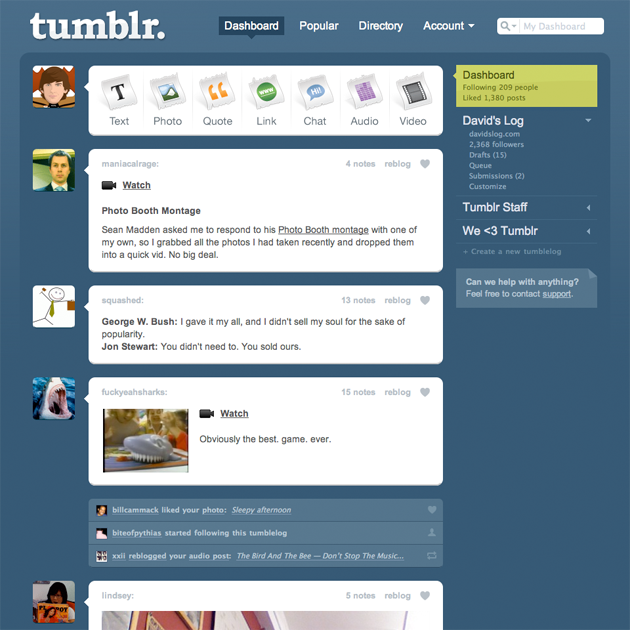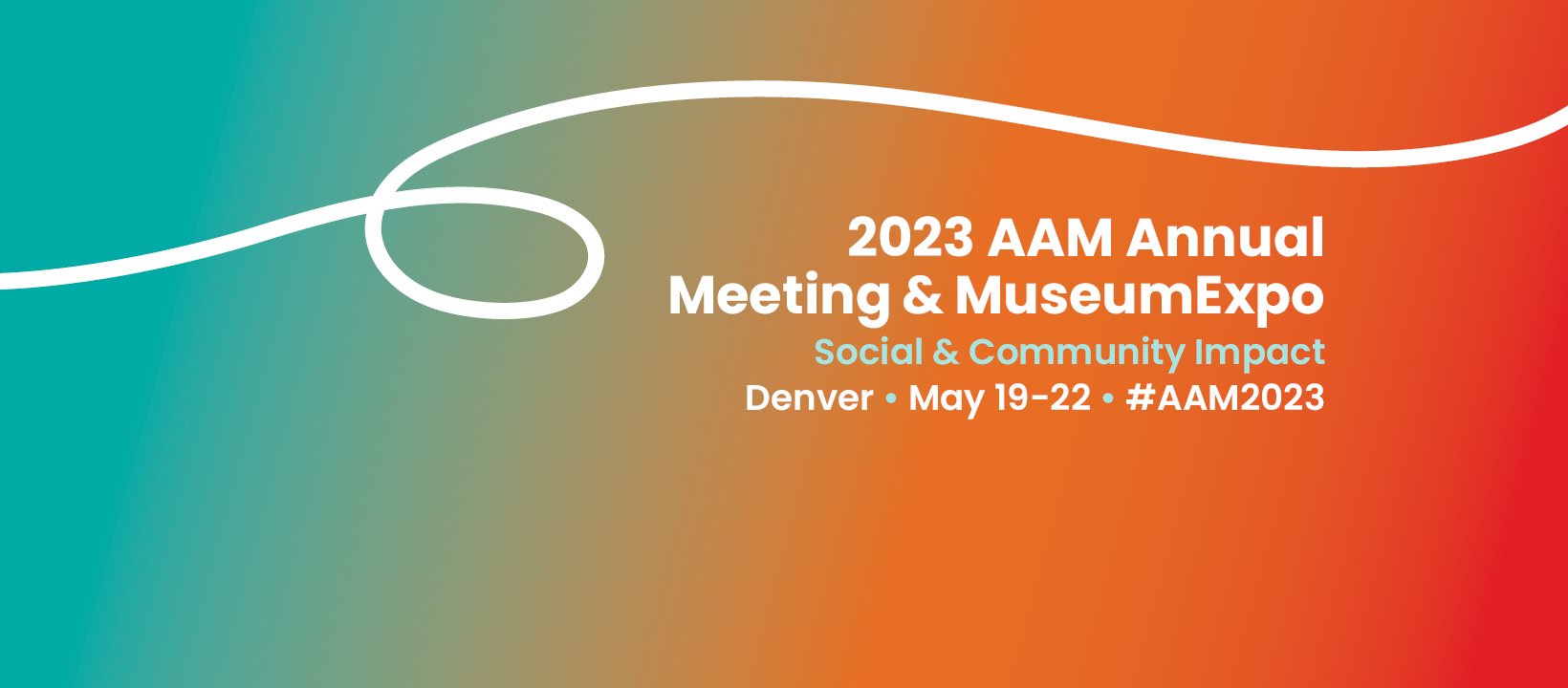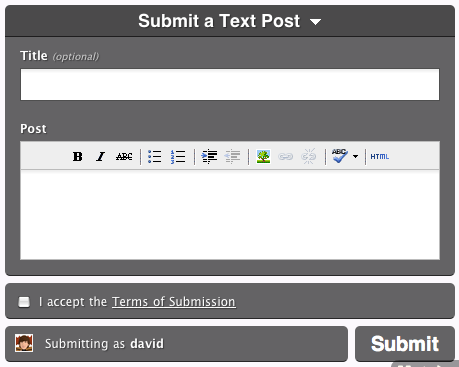Executive Director Dr. Brett Ashley Crawford and Chief Editor Rachel Broughton discuss their biggest takeaways from the 2023 American Alliance for Museums annual conference. This year’s theme was social and community impact—AMT Lab explores this topic through the lens of tech and management.
Digital Inequity in the Arts: Part 1
The coronavirus pandemic has changed everything we assumed about the world. Everything that once seemed impossible to ask for in terms of public policy is now possible, including rent suspension, eviction moratoriums, and universal basic income. But, it has also revealed inequities, including who has access to the arts. This project, published in two parts, evaluates racial equity through the lens of the arts sector during the Covid-19 pandemic by asking the questions: who has access to the arts and, fundamentally, what does access look like?
The Case and Tools for Building Online Communities in the Arts
As the pandemic presses on, building stronger online communities can help arts organizations serve the immediate needs of all audience members now and increase access to art and community for audience members who prefer to participate from home in the future. Though no virtual platform can perfectly replace the organic community built by in-person interaction, virtual third places might create something similarly joyful and uniquely accessible to connect arts communities in times of pandemic-driven social isolation and beyond.
Planning Our Equitable Digital Future
2020 has been and will continue to be notable for all but especially artists and arts institutions. Globally we are facing the uncomfortable realities of a pandemic that has brought the arts industries to their knees, economically, particularly the performing arts. Demands for racial and social justice come with a reckoning for many arts institutions — for their own participation in the industrial model that creates inequity in hiring, programming, training, even foundation giving.
As a researcher, artist, academic and former managing director, I hope that 2020 is a year that will offering us, as an industry, a pause to rethink how to do our artistic work in more equitable, inclusive and relevant ways. To create clarity as we re-think institutional systems , it is important to turn to data about our own institutions as well as our audiences in order to become the relevant and vibrant institutions that all communities deserve. In this short article, I will connect information from the recent national survey by LaPlaca Cohen and Slover Linett, “Culture and Community in a Time of Crisis” and emerging best business practices heralded by McKinsey and Co. and other thought leaders in the business field.
Using AI Powered Art to Increase Social Equity
What if we, as artists, could learn to use AI to remove the barriers between gender, race, and social status? Here are 3 takeaways for arts managers to consider when thinking of how to better engage audiences and communities within their institutions through AI.
Image Credit: Dinkins, Stephanie. "Project al-Khwarizmi (PAK)." Dinkins Studio. https://www.stephaniedinkins.com/project-al-khwarizmi.html.
Tumblr Is Headed For The Creative Community, Should Arts Organizations Follow?
A vast repository of pop culture memes & internet humor, the blogging service Tumblr has grown significantly since its launch in 2007. With over 12 million blogs and with the recent raising of $30 million in funding, some see Tumblr's future as taking on blogging services like WordPress and Blogger. The site’s hallmarks are its streamlined posting dashboard and reblogging feature. Add on likes and short replies, and this gives the site a familiar feel to social networks like Flickr, Facebook and Twitter.
So this is all well and good, but how does Tumblr relate to the arts? As mentioned on mashable.com recently, Tumblr is going to focus more on developing the growing creative communities on the site. As Tumblr’s founder David Karp stated:
“You look in fashion, creative writing, photography, music, so many of these creative circles,” said Karp, “and we have these really substantial communities that now live on Tumblr.”
Should arts organizations take advantage of Tumblr’s new direction and add it to their group of social networks? Before getting into that, take a look at Tumblr’s differences when compared to blogging platforms like WordPress or Blogger. I’ve used tumblr myself for a personal blog and here are a few of the features that stood out to me and made it feel more like a social media site:

- The posting dashboard. Image via tumblr.com

- The Dashboard Streamlined for different types of media, the dashboard contains buttons that takes bloggers to posting forms customized for the content. This speeds up the posting process and makes posting media content such as audio, video and photos, a lot faster than traditional blog platforms.
A typical submission form on tumblr. Image via tumblr.com
- The Submission Feature: This feature is especially driven towards community-oriented blogs, where the author can invite his community to write and contribute their own content. Posts can be submitted by followers to their favorite blog through a built-in form and since the posts are automatically formatted, all the author of has to do is hit publish. This is probably the feature I feel would be most attractive to arts organizations, since it asks the constituents to not only read and comment on the organization's blog, but be a driver of content as well. x
- Reblogging: Probably my favorite feature of Tumblr. This works almost the exact same way that a re-tweet does on Twitter. Pressing the reblog button will instantly re-post someone’s post onto your blog. The feature is impulsive and probably the number one reason content spreads so quickly through the site.x

- An example of the tumblr dashboard and update feed. Image via tumblr.com

- The Update Feed Imagine the feed of updates on Facebook or Blogger, Tumblr operates in the same way, aggregating all the Tumblr blogs you follow into one stream. All of the posts appear in a uniform format with the options to like, short reply or reblog.
Tumblr’s features make it easy and accessible for the individual blogger, but that doesn’t necessarily make it great for organizations. Here are a few issues I saw with how the site operates that might be irritating for some arts organizations:
- Tumblr is a Clique: While a Tumblr blog can be viewed by anyone, features like reblogging and replies are only available (and visible) to someone signed into a Tumblr account. This is true of many social networks, but since Tumblr is essentially a blogging platform, there is an expectation that the level of engagement should be available for all visitors. Organizations can lose out on connecting with non-Tumblr visitors who cannot “like” or comment on a post that really engages them. x
- Kept Out of the Conversation: Another problem for engagement on the site is the system for comments - it's extremely difficult to create a conversation. Tumblr users can leave short replies, but there are no systems in place to let authors and other bloggers reply to that comment. What follows is a mess of reblogs and screen captures of comments in an effort to make a threaded conversation. Some Tumblr bloggers have tried to solve this problem using a service like Disqus, but then a problem is created for the Tumblr community. Visitors outside Tumblr can engage, but the comments will not show up in the regular feed or be accessible for Tumblr users through their accounts, and the two communities remain disconnected from one another. x
- Customization on the site can be tough: The options are limited and those options change completely based on which theme you have installed. Some themes severely limit your options for color choice and background image, making branding difficult. Other themes do not allow for visitors to have a reply option, even within Tumblr. x
- Remember all those reblogs, short replies, and likes? While these show up in your update feed, there is no built-in way to track them. It’s an exciting experience to see a post go viral and get re-blogged multiple times, but tracking that effect through Tumblr over time is extremely difficult. x
- Managing the Archive: Managing past posts is difficult and while a mass editor exists, this just gives a visual overview of your posts over time. It’s hard to track a post from more than a few months back and there is no way to export your archives.
So should an arts organization take advantage of Tumblr anyway? If you have an existing, integrated social media strategy and primary blog in place, it may be worth a shot. Tumblr has a fairly clean interface with Facebook and Twitter, and could be a good way to provide content to an ever-growing community of bloggers.
If your organization is thinking of making this their main blog, I would hold off since it will be harder to manage in the long run and success metrics would be a pain. It will be interesting to see how Tumblr is going to improve the site to focus on the creative community and what effect it may have on how people interact with blogs in the future.











